Description
Introduction
The erosion probe is a sophisticated device meticulously designed with a series of integral components, all of which play a distinctive role. It consists of two robust flanges, the main flange and the side flange, which form the essential mounting structure, ensuring the secure positioning of the device in a myriad of industrial applications. At the heart of the device are the probe and adapter; the probe is the vital element that carries out the erosion measurement, while the adapter aids in seamlessly connecting the probe to the larger system. Notably, the probe’s nozzle is available in a variety of types, underscoring the diverse erosion monitoring requirements across different scenarios. To protect the product from adverse environmental conditions and potential physical damage, a protective cover is included, a component that is instrumental in preserving the probe’s integrity and longevity. A hydraulic pressure gauge is also part of the assembly, a crucial component that keeps track of the system’s hydraulic pressure, providing indispensable data for effective erosion management and prevention of potential damage arising from excessive pressure. Moreover, staying true to our commitment to cater to unique customer needs, we offer customization options for the probe’s nozzle, allowing customers to choose the type that aligns best with their specific operational requirements. In essence, this erosion probe is a versatile, customizable tool, ingeniously engineered to deliver precise and reliable erosion monitoring across diverse industrial contexts.
Understanding EMT Erosion Probes
Understanding EMT Erosion Probes
EMT corrosion probes are tools for measuring and tracking corrosion for different industrial applications. They use technology to quickly and clearly read the thickness of the material, helping to detect erosion early.
At the heart of the EMT corrosion probe is a sensor that uses electromagnetic induction to observe changes in the thickness of the material. These probes are always monitored, which is helpful because you don’t need to stop everything for a physical inspection. Information from the EMT erosion detector can help identify and solve problems before they get too big.
The Significance of EMT Erosion Probes in Industry
EMT corrosion probes are important in many fields, such as oil and gas, power generation, and chemical processing. They are good at spotting and tracking erosion, which helps keep equipment and infrastructure in good condition. If you do not pay attention to corrosion, the equipment may be damaged, have to stop working, and even have safety risks.
In the oil and gas industry, EMT corrosion probes can help monitor pipelines. They can find parts of the pipe that corrode faster, which helps plan maintenance and replacement. This helps extend the life of the pipeline and reduces the risk of major failures.
In power generation and chemical processing, these probes help to inspect boilers and pressure vessels, among others. By finding parts that corrode faster, operators can perform maintenance before things get worse, increasing productivity and safety.
EMT corrosion probes can also be customized. The ends of the probes can be changed according to the needs of the customer, which means that these tools can be used in a number of different ways.
EMT Erosion Probe Materials
EMT Erosion Probe Materials
EMT corrosion probes are primarily composed of rugged materials to ensure that they can withstand the harsh requirements of a wide range of industrial applications. The choice of material is crucial because it directly affects the durability, performance and resistance of the probe to different conditions.
Common Materials and Their Properties
The two main materials used to manufacture EMT corrosion probes are stainless steel and carbon steel, both of which are known for their strength and durability.
Stainless steel: The probe itself is usually made of stainless steel. This material is known for its excellent corrosion and heat resistance. It is durable, which makes it ideal for use in harsh environments where the probe may be exposed to corrosive materials or high temperatures.
Carbon steel: The probe’s protective cover is usually made of carbon steel and is known for its strength and durability. However, carbon steel is prone to rust and corrosion, so it is usually coated with polytetrafluoroethylene (TEflon) for added protection.
Polytetrafluoroethylene (TEflon): Polytetrafluoroethylene, also known as Teflon, is a highly heat-resistant, chemical-resistant and electrically conductive plastic. It is often used as a coating for the protective layer of carbon steel to enhance its resistance to corrosive materials and high temperatures.
The flange, a protruding flat edge or collar for strengthening or joining, can be made of carbon steel or stainless steel, depending on the requirements of the application.
Selecting the Right Material for Specific Applications
When choosing the right material for the probe, several factors should be considered, including operating conditions, the specific application, and the type of substance the probe will come into contact with.
For example, stainless steel is preferred in applications that require high corrosion and heat resistance. Carbon steel, meanwhile, may be sufficient in less corrosive environments, especially when coated with PTFE to increase corrosion resistance.
It is also important to understand that EMT is flexible to meet customer needs. If a particular application requires a different material, EMT can adapt to this and build the probe with other materials as needed. This flexibility allows EMT corrosion probes to be used in a variety of industries and applications.
EMT Erosion Probes in Different Industries
EMT corrosion probes are designed to function effectively in a wide range of industries. Their role often varies according to the specific requirements and operational conditions of each sector. Here are three key industries where EMT corrosion probes are commonly used:
The Oil and Gas Industry
In the oil and gas industry, EMT corrosion probes play a vital role in maintaining the integrity of pipeline systems. They help identify areas of accelerated erosion, can prevent unexpected pipe failures and extend pipe life. This is particularly valuable as it allows for proactive maintenance and helps reduce operational downtime.
The Chemical Processing Industry
The chemical processing industry often involves the use of corrosive substances and high temperatures. Made from durable materials such as stainless steel and PTFE-coated carbon steel, EMT corrosion probes can withstand these harsh conditions and provide reliable and continuous corrosion monitoring. Data from these probes enables operators to monitor wear and tear on equipment and plan preventive maintenance and replacement parts.
The Power Generation Industry
In the power generation industry, EMT corrosion probes are used to monitor the corrosion of critical equipment such as boilers and pressure vessels. Early detection of erosion can prevent catastrophic failures and improve the safety and efficiency of power plants. By providing real-time data on corrosion levels, these probes enable operators to make informed decisions about equipment maintenance and replacement.

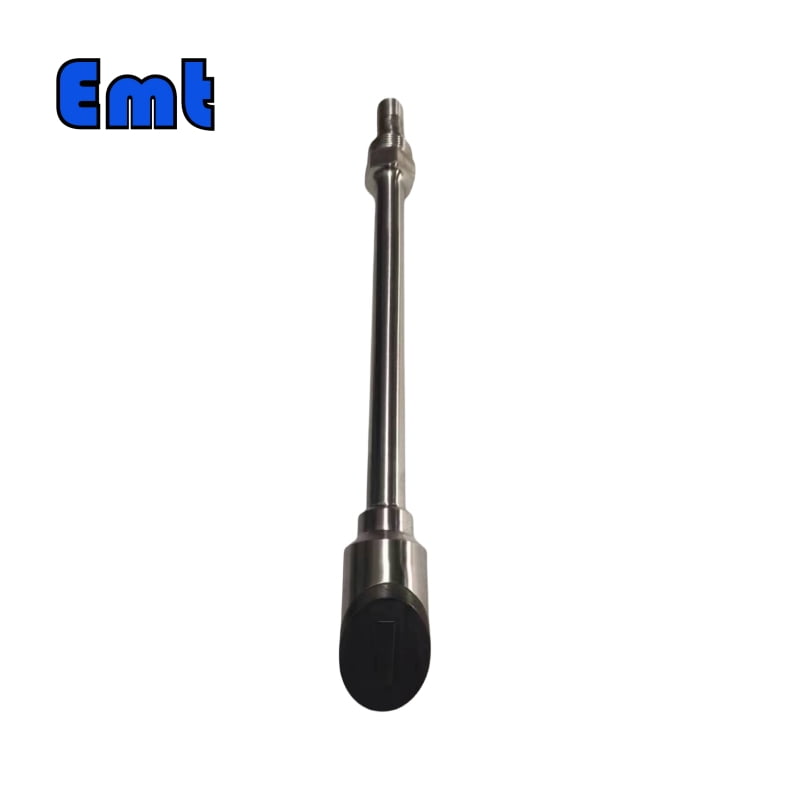
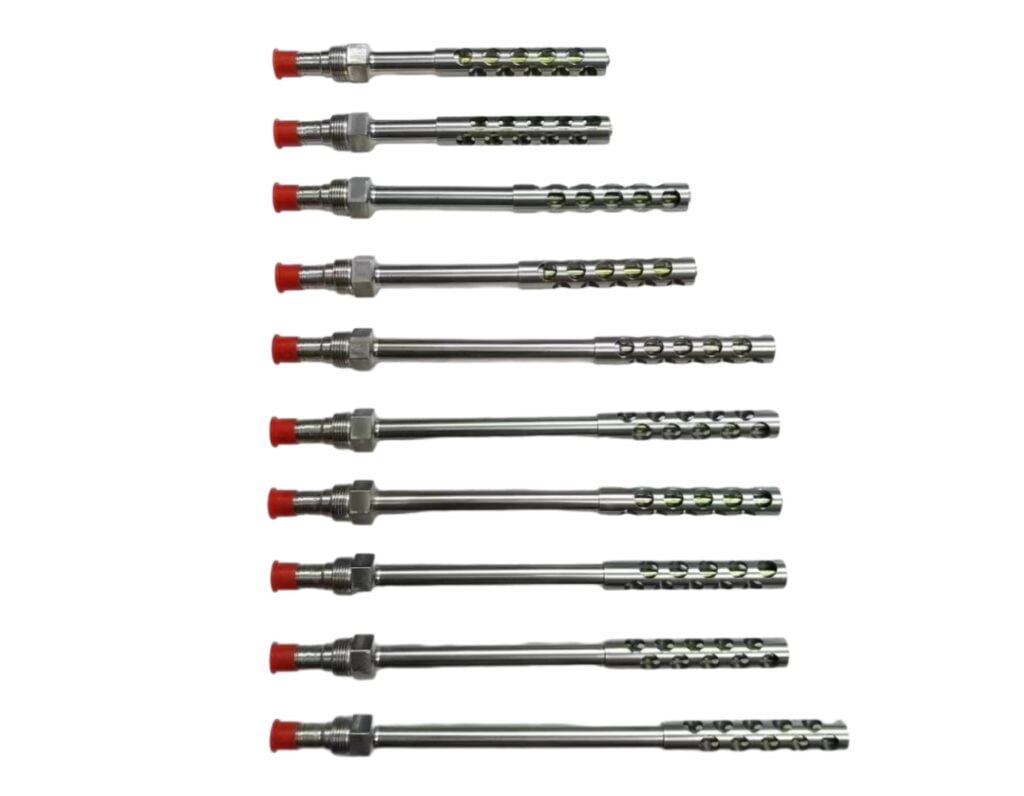
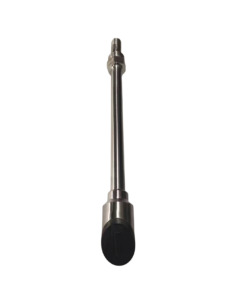
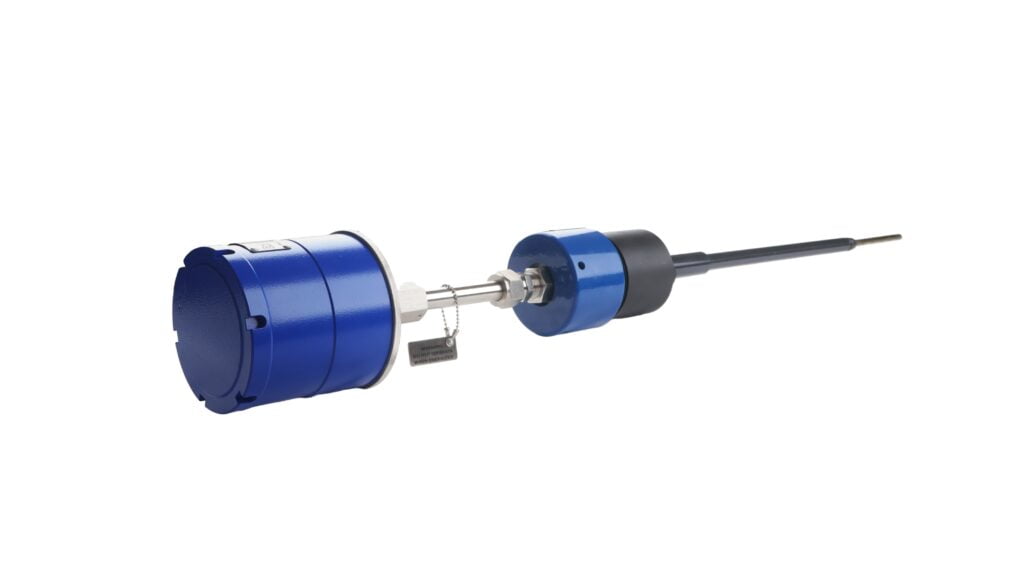
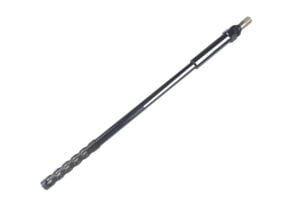
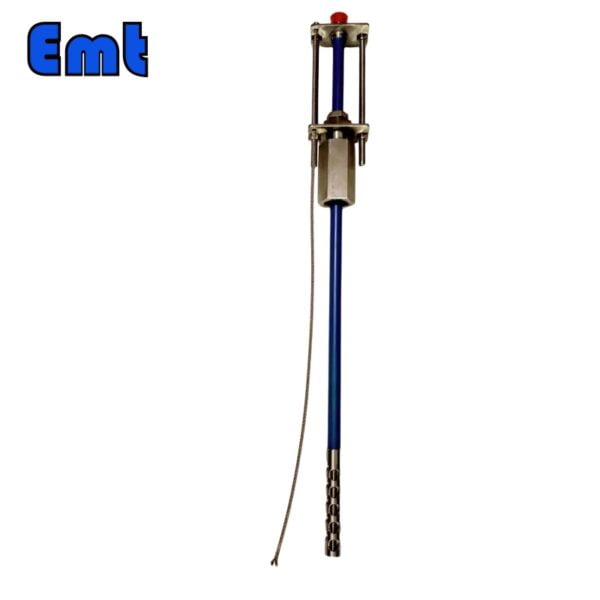
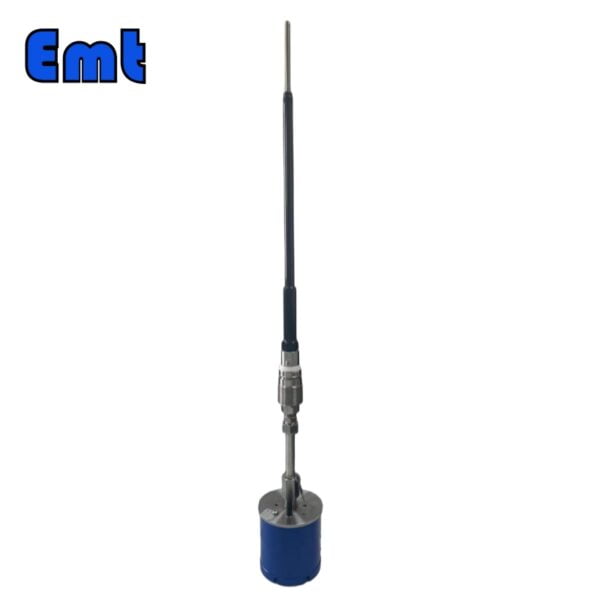

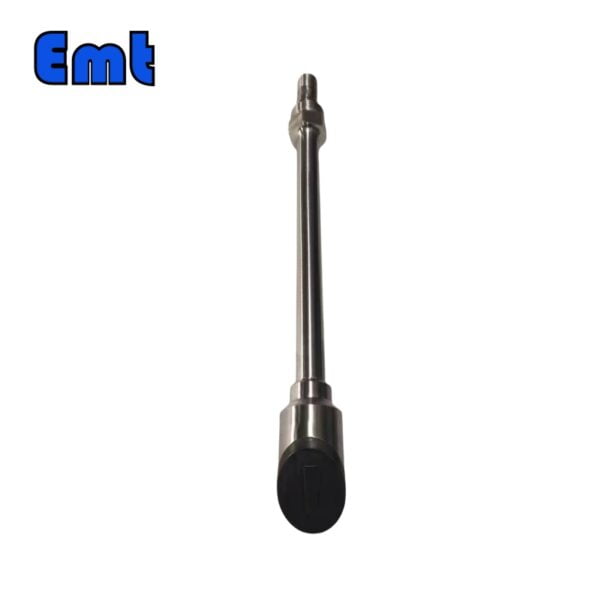
Reviews
There are no reviews yet.